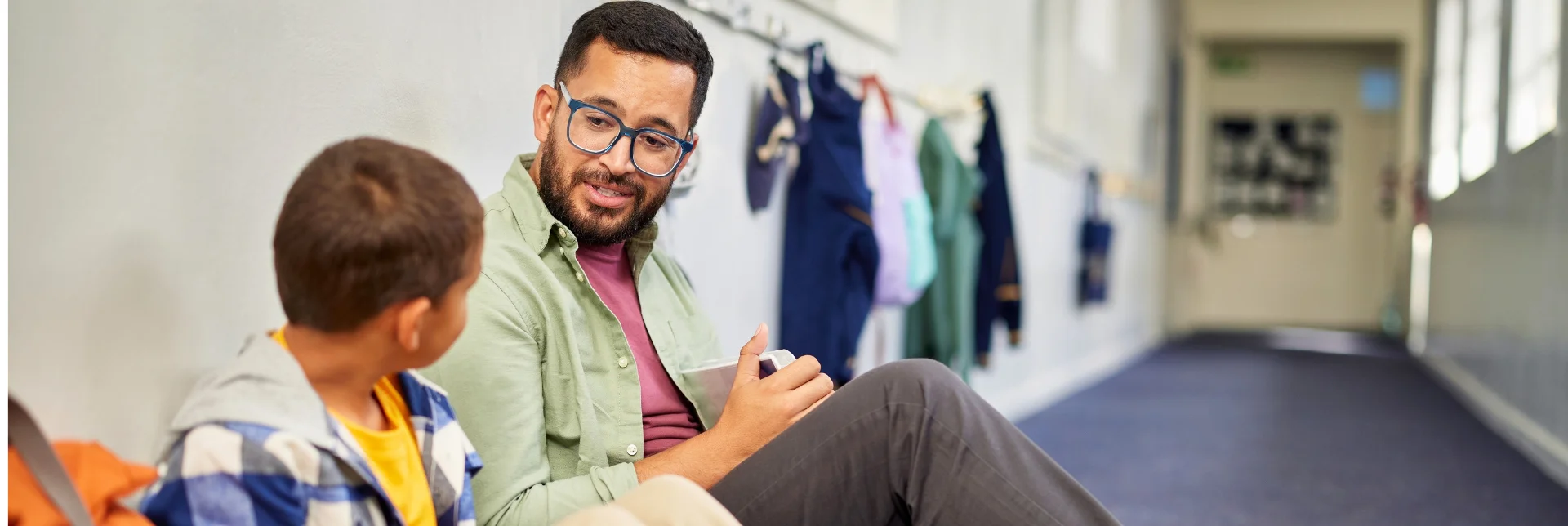
Myths About Suicidality
- Teenagers who talk about suicide are not the ones who ultimately commit suicide.
- Talking about suicide in a classroom setting may reinforce suicidal thoughts and behavior in students.
- Most teens who attempt suicide have a clear intention to die.
- Parents are often aware of their children’s suicidal behavior.
- Most teenagers will reveal that they are suicidal.
- Only teens with mental disorders commit suicide.
- When someone has suicidal thoughts, they will always have them.
- Suicidal behavior is easy to explain.
Is Suicidal Behavior Normal or Common?
Suicide attempts are not normal or expected behavior. When a child or teenager attempts suicide, they have usually been exposed to significant stress—either due to a painful event or because they are facing problems at home or school that they cannot cope with. Often, children and adolescents are burdened by events that may not seem severe when viewed objectively.
Today, we know that self-destructive behavior results from the interaction of genetic, biological, psychological, and environmental factors.
When Should I Be Concerned About a Student Who Expresses Suicidal Thoughts or Intentions?
If you, as a teacher, suspect that a student is experiencing suicidal thoughts, it is important to seek help as soon as possible. However, it is not always easy to be certain about your concerns.
The following signs may indicate that a student is considering suicide:
- Depressed, emotional, irritable, or angry; mood swings and emotional instability.
- Grieving a significant loss (death of a friend or family member, separation from a romantic partner).
- Neglecting personal appearance and hygiene.
- Loss of interest in previously enjoyed activities.
- Frequent thoughts about death.
- Isolation from friends and family.
- Difficulty making new friends.
- Lack of interest in the surrounding environment.
- Declining school performance (low participation, difficulty concentrating, frequent tardiness, falling grades).
- Repeated unexcused absences.
- Engagement in risky behavior (e.g., unprotected sex, frequent changes in sexual partners, substance use, reckless driving).
- Delinquent behavior or legal problems.
- Self-harm.
- Possession of a weapon or other potentially lethal means.
- Changes in eating or sleeping habits.
Why Do Teens Find It Difficult to Talk About Suicidal Thoughts?
Children and teens may hesitate to talk about suicidal thoughts for several reasons:
- They may act impulsively without prior contemplation of suicide.
- They may want to end their lives and not want anyone to intervene.
- Feelings of shame.
- Perception that discussing suicide is taboo.
- Fear of being judged as “crazy.”
- Fear of hospitalization or isolation.
- Concerns about confidentiality.
- Belief that no one can help them.
- Difficulty expressing their mental pain in words.
For these reasons, it is important for teachers to take the initiative to start a conversation.
What Can I Do to Help a Student Who Is Suicidal?
If a student expresses suicidal thoughts:
- Stay calm: Your calm presence helps the student feel safe and supported. Recognize that speaking to you is already a significant step for them.
- Do not try to provide solutions: Avoid phrases like “Don’t think that way,” “Everything will be fine,” or “Others have it worse.” The student needs to feel heard and understood, not given generic solutions.
- Respond promptly and responsibly: Timely intervention can save lives. Immediate action is essential.
- Do not shoulder the burden alone: You are not expected to solve the problem yourself. Activate the support network around the student.
- Do not leave the student alone: Ensure they remain in a safe environment and under supervision until help arrives.
- Do not promise confidentiality: Explain kindly that their safety comes first, and you must involve appropriate support.
- Immediately inform family and school authorities: Contact the school psychologist or mental health services and inform the family responsibly. Cooperation is essential.
- Guide the family to seek professional help: Provide information about mental health professionals, centers, hospitals, or helplines.
- Take care of yourself: Supporting a suicidal student can be emotionally taxing. Seek guidance or support from colleagues or the school psychologist.
The pediatrician or family doctor can help with initial concerns and refer the student to specialized professionals. Advice from a mental health professional is recommended whenever possible.
The public system provides services through Child and Adolescent Mental Health Services and the Interdisciplinary Assessment, Counseling, and Support Centers (KEDASY).
Useful Helplines
- 1018 – Suicide Intervention Hotline (24/7, Klimaka)
- 1056 – Smile of the Child (24/7)
Where Can I Find More Information?
For information on available educational and public health services for children and adolescents throughout the country, please visit the Service Map page here.



